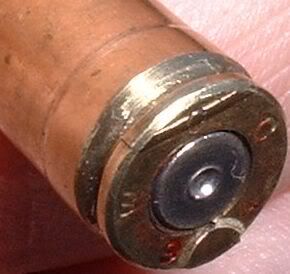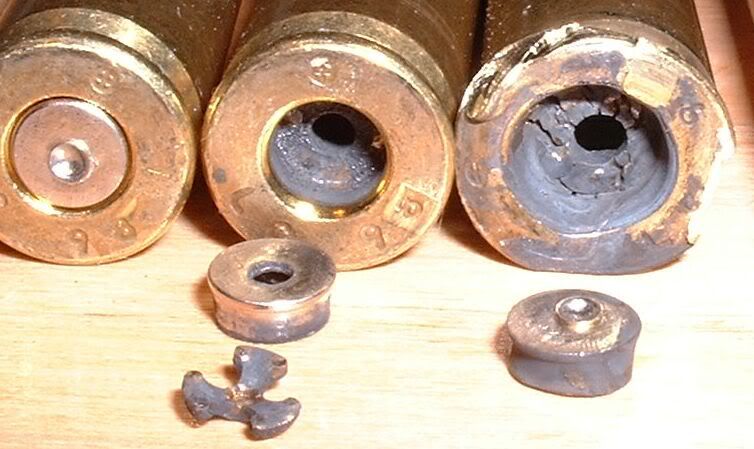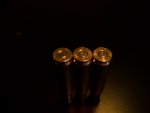I did some pressure / charge testing today on my .308 with a new load (175gr Nosler Custom Competition over CFE223 (45.0 to 48 gr). Book Max on this load is 47.4gr, and I went two step beyond that at 47.7 and 48.0. What I find odd is that very slight primer cratering (lifted strike rim) starts way back at 46.5, but doesnt get any worse, all the way through 48.0. No other signs of overpressure at all, no extractor marks, no tight bolt lift, no primer blowback, no out of normal flattened primers, ect..
So, I'm going to keep working this load upwards a little bit at a time, until I see some other sign of overpressure..
My question, is where do YOU personally draw the line at pressure signs?
So, I'm going to keep working this load upwards a little bit at a time, until I see some other sign of overpressure..
My question, is where do YOU personally draw the line at pressure signs?









